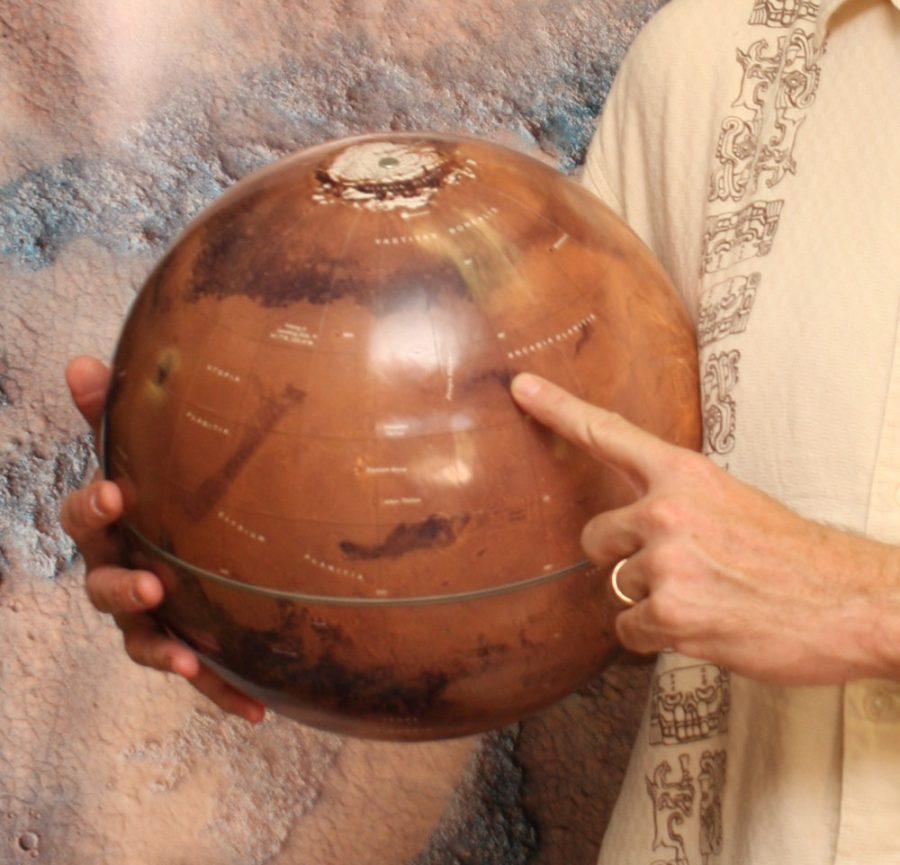Scientists have discovered craters in Mars filled with almost pure water ice with the help of UA technology and say they are hopeful that this discovery will lead to possible missions there for astronauts.
The High Resolution Imaging Science Experiment, or HiRISE, comprises a team of UA scientists who operate the high-resolution camera that captured the images of ice on Mars’ surface from NASA’s Mars Reconnaissance Orbiter.
“”UA’s role was really key,”” said Shane Byrne, member of the HiRISE team and assistant professor of planetary sciences at the Lunar and Planetary Sciences Laboratory, the lab HiRISE calls home.
Research on Mars ice has been led by researchers at the Lunar and Planetary Lab like Bill Boynton, who operated a gamma-ray instrument that detected all the buried ice on Mars for the first time several years ago, and Peter Smith, who recently led the Phoenix mission which dug up and analyzed ground ice on Mars.
“”I’d say that UA hasn’t just contributed to Mars research, we’re leading it,”” Byrne said.
Scientists had been studying ice on Mars for a few years before they chanced on the crater findings, researchers said, and because ice usually disappears quickly on Mars’ surface the sites must be photographed quickly.
The team did not expect to find ice so far away from the poles, Byrne said.
Stay with DailyWildcat.com for more









